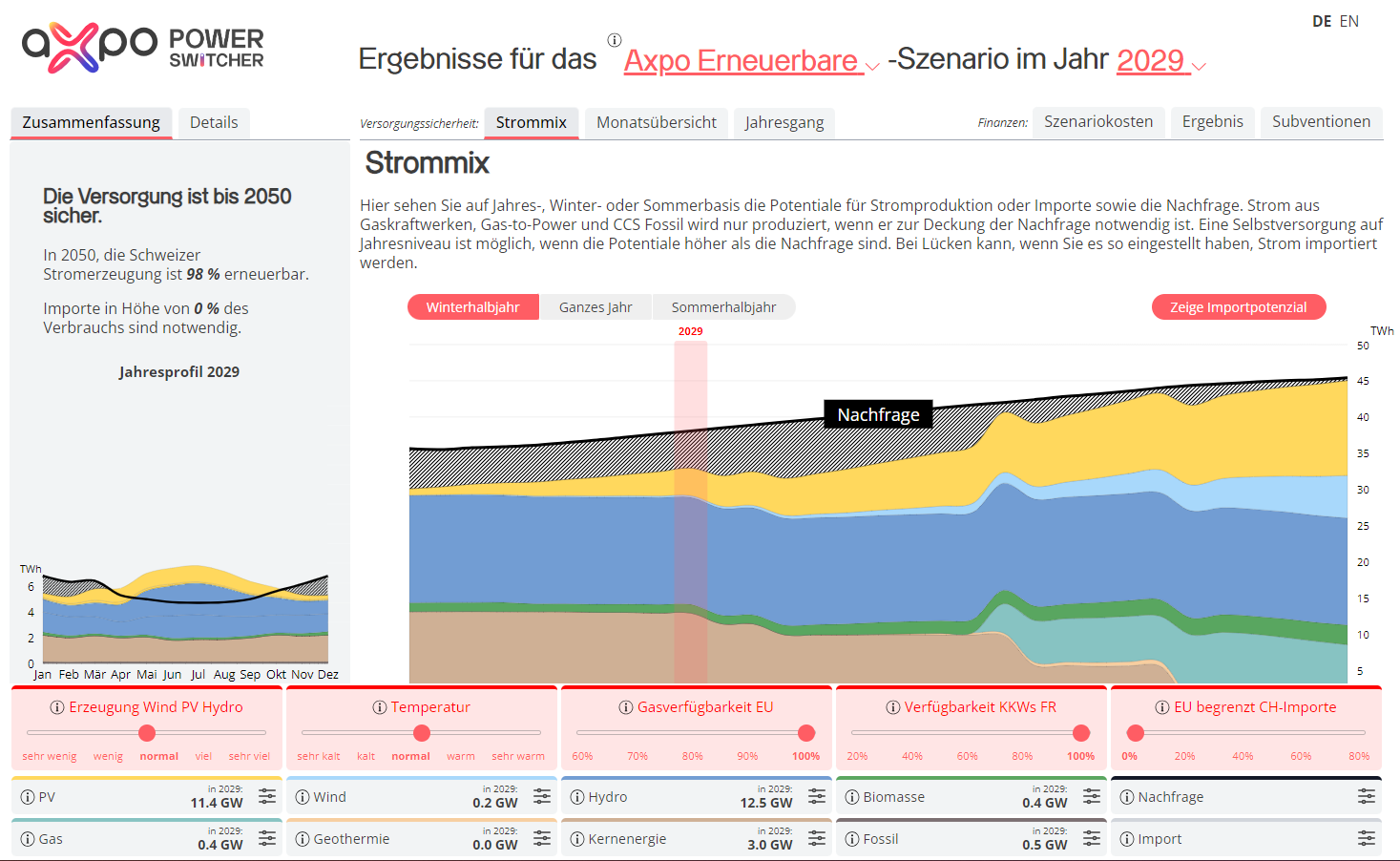22.05.2018 | The challenges in the wind industry
"Every wind power plant feeds a giant database"
As a wind power producer, Axpo is also confronted with political framework conditions through its subsidiary Volkswind. In an interview Katja Stommel, CEO of Volkswind GmbH, tells us about the importance of onshore wind auctions and how the wind business is transforming today and tomorrow.
Katja Stommel, it's been 2.5 years since Axpo acquired Volkswind GmbH. Since then, you have been developing and selling wind farms under the Axpo roof. You're the head of this subsidiary. How are you doing?
Still doing fine (laughs).
You have a portfolio that includes over 60 wind farms with a capacity of 700 MW. Alone in 2017, Volkswind commissioned 35 wind plants on 6 wind farms with a total installed capacity of 88 MW. What are the concrete plans for 2018?
In March we opened a new wind farm with 18 MW in the Hauts-de-France region. Four more farms are under construction in France and will be completed by the end of the year. A total of 64 MW will go on grid by the end of 2018. In addition, we will start construction of five more wind farms. To sum it up: Five wind farms with 26 plants will go on grid in 2018 and we will start construction on five wind farms with 41 plants and 102 MW.
Looking to the future – where do you intend to build and what is the planned capacity?
We will do as much as possible. Unfortunately we are not always as free as we would like to be. External factors have a strong influence on our planning: Building permits, grid connections, and suppliers - we are dependent on these factors in our daily business. The auctions are a new factor. They are not to be underestimated. In order to participate, we need a construction permit in most cases. Before we can participate in a tender we incur costs for planning and permits. So I have to invest in a project without knowing whether it will be worthwhile in the end.
«Auctions are not to be underestimated: I have to invest in a project without knowing whether it will be worthwhile in the end.»Katja Stommel, CEO of Volkswind GmbH
New onshore wind auctions are also taking place in France. The
bidding volume for the first one was over 500 MW. What do these kinds of
auctions mean for the industry?
France will have its first
auction this year. In Germany, we are already in the second year and the
first one was an absolute disaster.
Before auctions began, all the
completed wind farms had a right to a grid connection and the receipt of
legally defined feed-in remuneration. The political framework changed
in 2017 and the yearly development volume for onshore wind energy is now
regulated with a new law. The intention is to create more competition
and lower costs: As of 2017, only the lowest bids succeed at auctions.
However, the law also defined special regulations for citizens' energy
projects to put them in a better position in competition with
established wind giants. They were allowed to participate in the first
rounds without construction authorisation and received a feed-in tariff
based on the highest bid independent of the bid they submitted. Upon
award of a contract, projects must now be completed within five rather
than three years.
That sounds rather harmless. Where’s the problem?
Professional
wind farm manufacturers submitted bids disguised as citizens' wind
farms and this resulted in competitive distortion. Fortunately this
loophole was detected. The problem is that these types of citizens'
projects were allowed to submit bids without a construction permit. It
is very difficult and unlikely to obtain construction authorisation
within the defined deadline. As a result, the wind farms can sometimes
not be realised at all. As a result wind energy in Germany could
experience a slump in the upcoming years.
These types of auctions are and will remain a fact. How do you see the future?
Fortunately,
the requirements for the tenders have changed: As of the second year,
additional legally authorised construction permits are required in
Germany. Bidders must have this authorisation in hand in order to
participate in an auction.
Volkswind is among the winners in France. What does that mean for the company?
We are walking a fine line: The clarifications before the auction must be cost efficient and timely, while maintaining quality. The projects for the two awards we received in France could be delayed approximately 6-7 years due to opposition. If the legal basis remains the same, we will have a feed-in tariff for 20 years for both wind farms.
In your opinion, how strong do onshore auctions impact lower costs for wind energy?
Prices will drop in the short term, but not in the long term. Many developers will fall by the wayside in the upcoming years because they cannot cover their initial costs with enough contract awards. No one builds a wind farm without intending to earn money. The prices will go up again at some point once there are fewer market players.
«No one builds a wind farm without intending to earn Money.»Katja Stommel, CEO of Volkswind GmbH
Prime costs for electricity from renewable energies continue to fall, as are the costs for wind energy plants. How does this trend impact Volkswind?
Indeed, prime costs are dropping. However it must be noted: The income from a wind energy plant increases squarely to the rotor circumference. The larger the rotor blades, the more we can harvest. Three decades ago, we had machines with a capacity of 30 kW and a total height of 30 metres. Today onshore plants have a total height of up to 200 metres and a capacity up to 6 MW. This is a new dimension.
How does that impact wind farm construction?
The challenge is transport: Rotor blades have to be able to get around corners, and with increasing size this becomes more challenging. Countries also have maximum size limits for plants: In France wind power plants may have a maximum height of 180 metres, in Germany a maximum of 200 metres. Theoretically we could build higher.
One global trend is digitalisation. Digitalisation is becoming part of all industries and often occurs faster than we can keep pace. How digital is the wind business today?
A major portion of the wind energy sector is already digitalised. Every plant at Volkswind has two systems that continuously monitor the wind power facility. Error messages are routed directly to the smart phones of the service technicians. All the plant data such as temperature, wind speeds, etc. can be checked online. Every wind power plant feeds a giant database. This trend began years ago in the wind industry.
Katja Stommel hails from Bünde, Westfahlen. She has been the CEO of Volkswind GmbH since mid-October 2015 and is one of the original founders of the wind farm developer. She lives in Ganderkesee, is married, and the mother of two sons aged 13 and 17.
To the point
- Motto: Actions speak louder than words.
- What does home mean to you? Where one feels at home with one's family.
- The most important invention in the last 100 years? The electric motor, washing machine, dishwasher and vacuum cleaner make life easier.
- Favourite destination? Rügen.
- Favourite sport? Walks with our two Hungarian hunting dogs.
- What's your favourite food? Spaghetti with mushrooms and spinach.
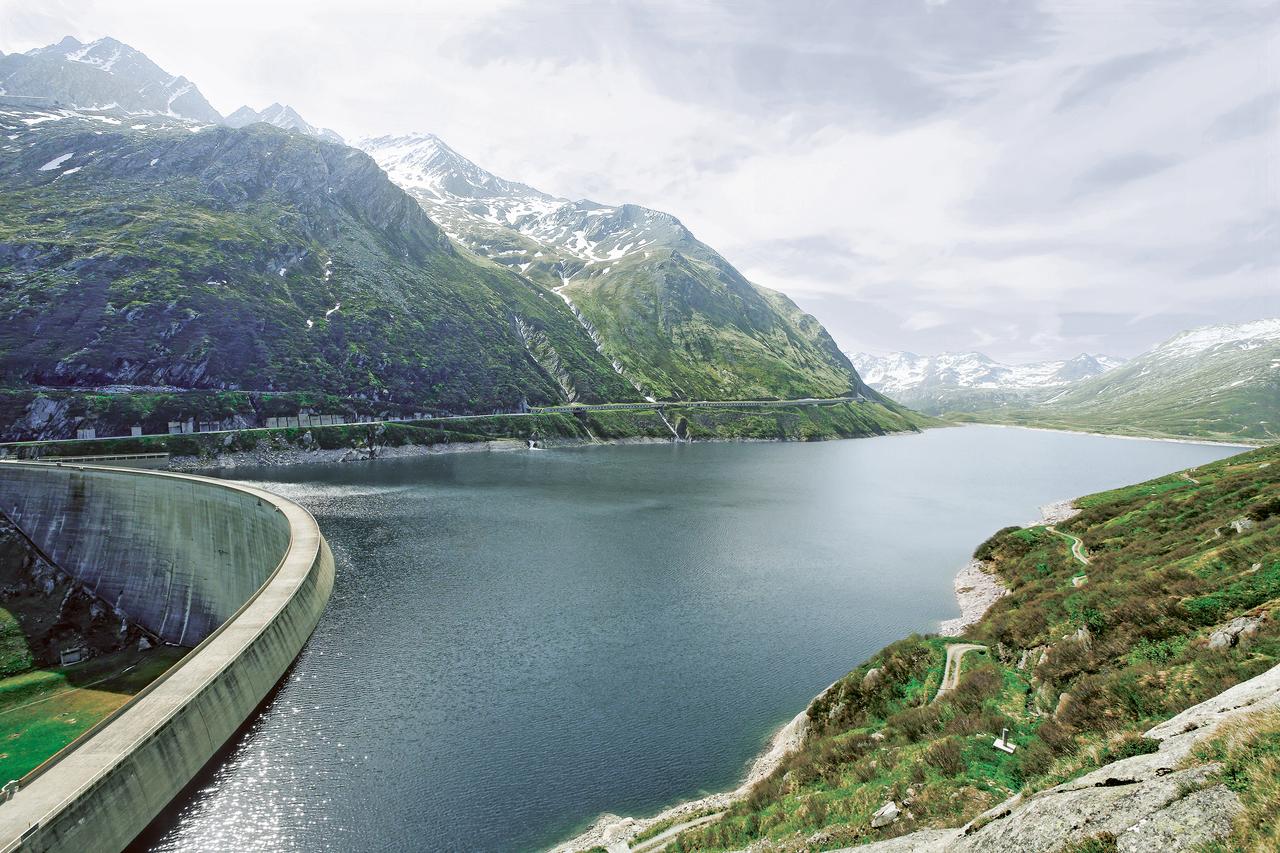
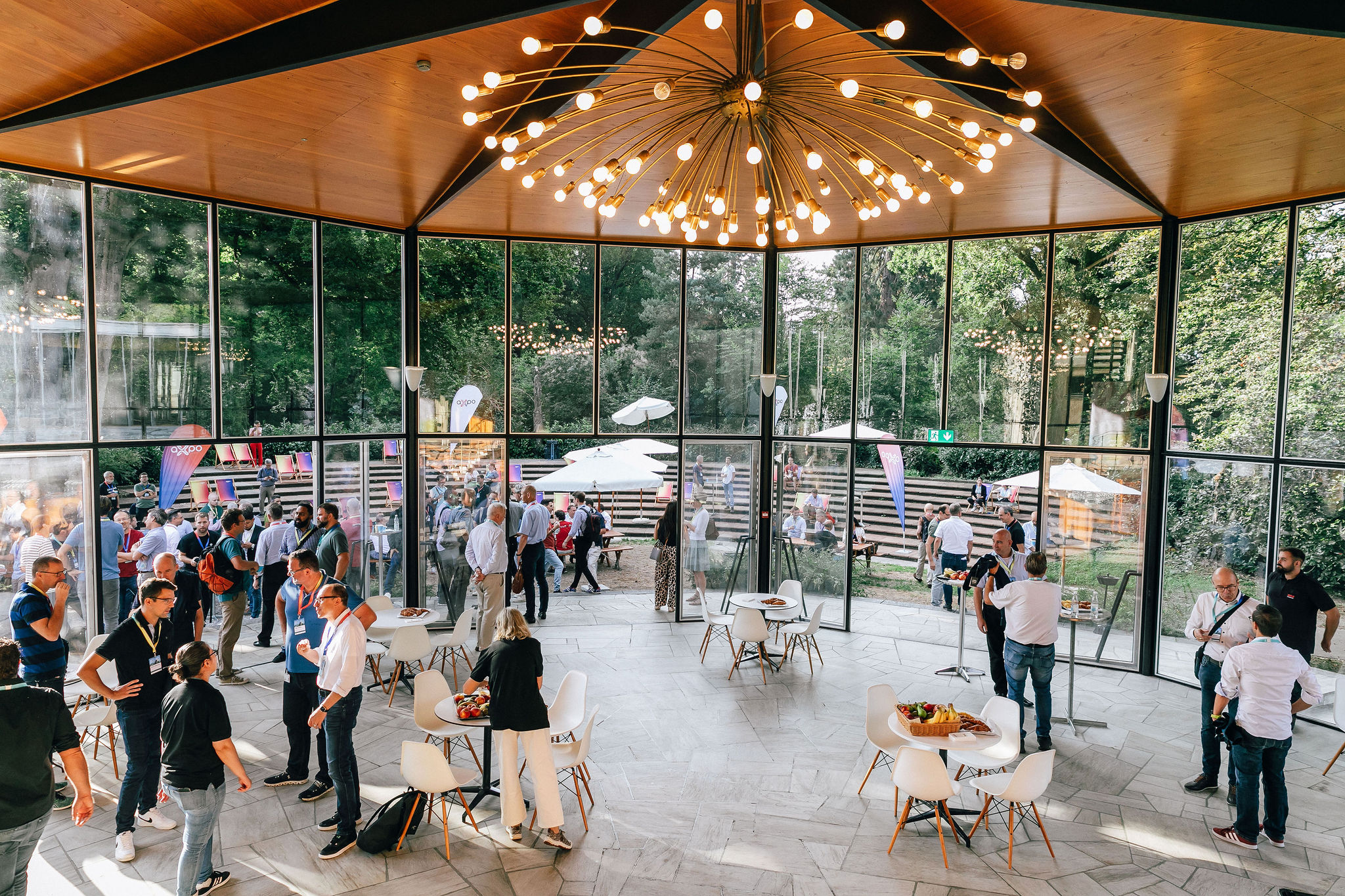
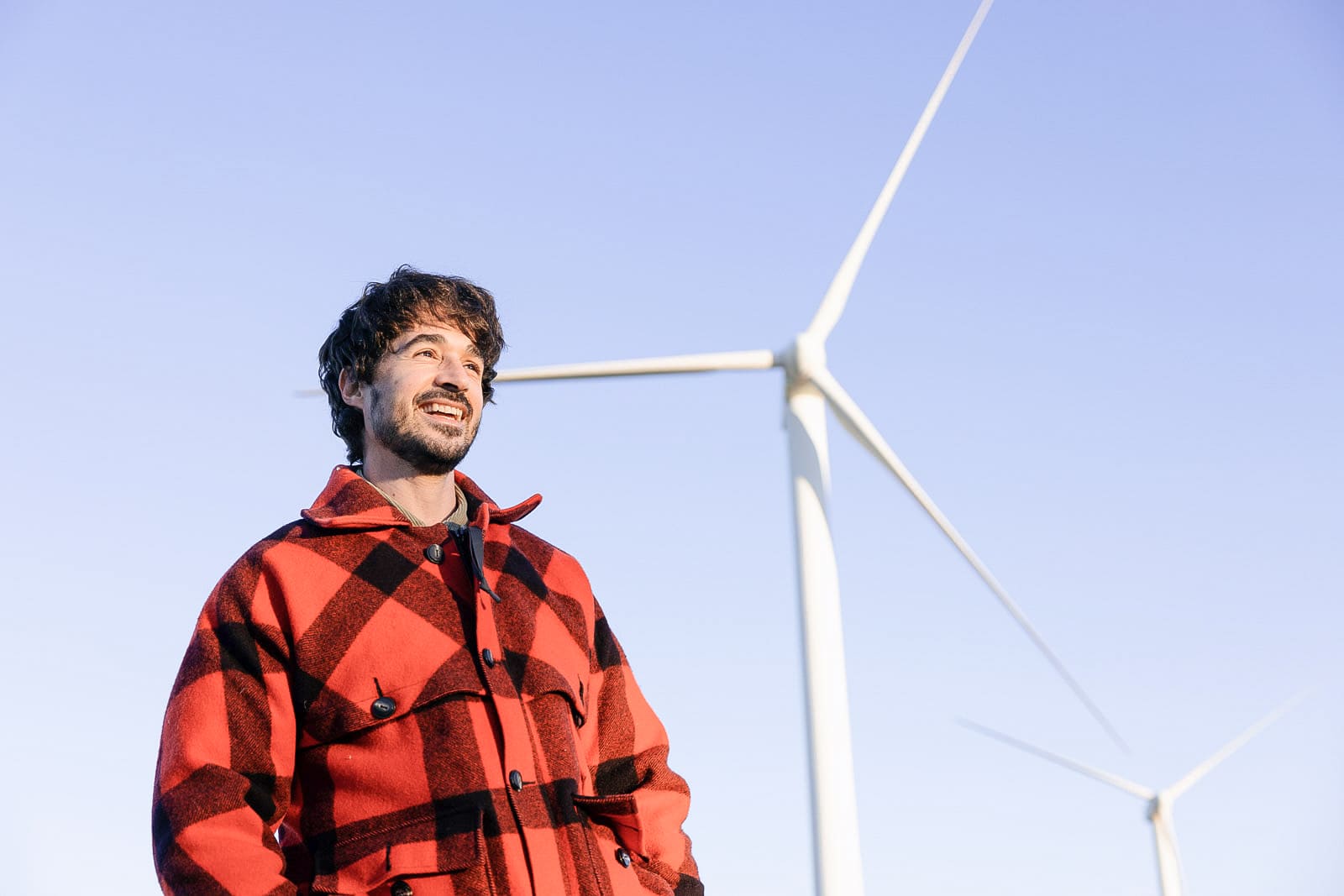
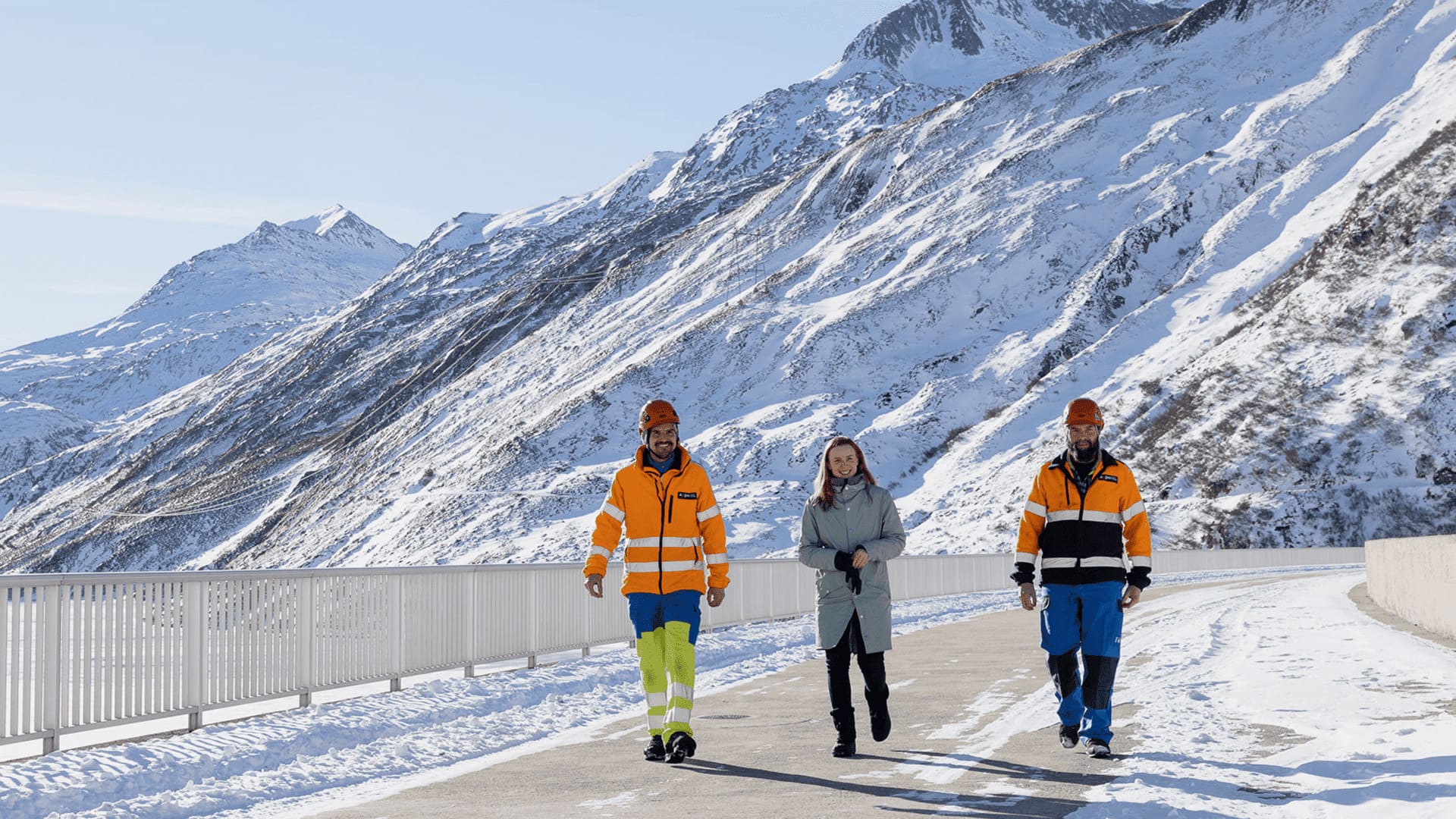
.jpg)

